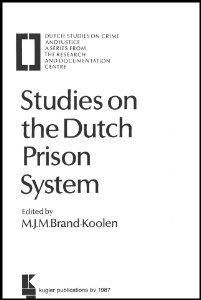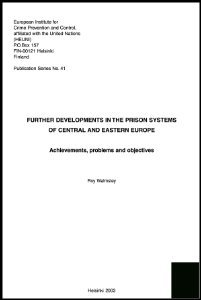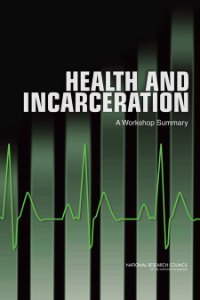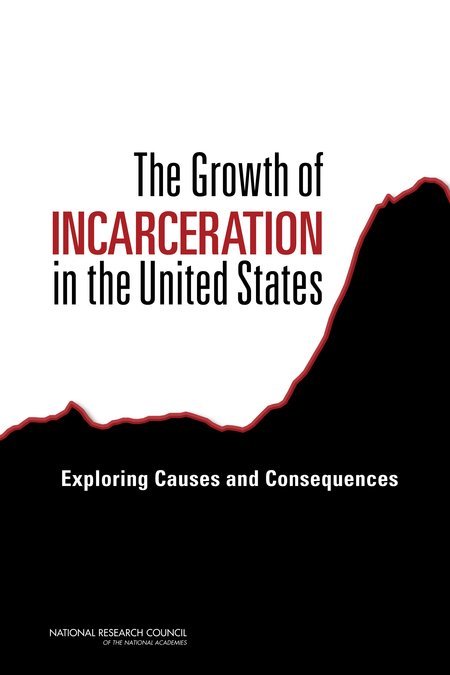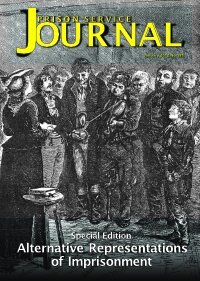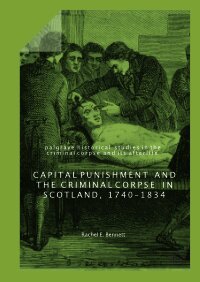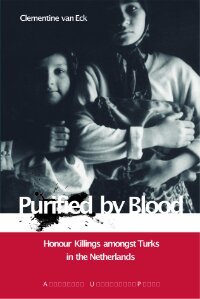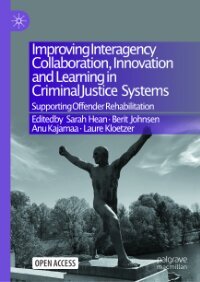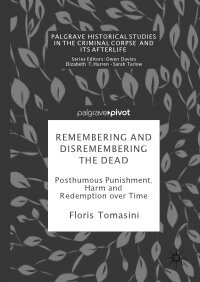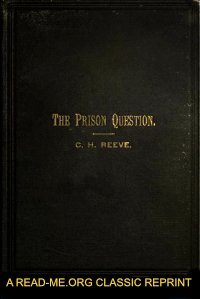By Carl Berry.
Electronic monitoring, (EM), or ‘tagging’, is a relatively recent but increasingly used sentencing measure employed by criminal justice agencies across the globe. Dispensed for a range of criminal offences, it typically functions by enabling the construction of a curfew intended to keep users in a designated place for a period of time. Despite its widespread usage, tagging is an under researched and controversial penal sanction beset with numerous difficulties that has garnered as much criticism as praise. The emergence of EM accompanies concerns about increasing uses of surveillance and control within society, yet has been often faulted for failing to practically function. As new technologies transform the criminal justice landscape, recent theoretical perspectives have attempted to theorise measures like EM within criminology. Foremost amongst these positions, actor network theory (or ANT), is a constructivist approach that advocates using observational methods, which, besides challenging many long standing social scientific ideas, controversially contends that material objects have agency and lead ‘fluid lives’. Asserting further that objects are entangled with humans in ‘assemblages of actors’, the position attempts to demonstrate how dynamic interactions within these ‘heterogeneous networks’ lead to successful social ordering. Importantly, it urges researchers to ‘describe’ these ‘hybridised socio-technical systems’ while making as few presumptions as possible; to outline how (or if) they accomplish this. This PhD thesis undertakes an ethnographic investigation of tagging from the position of offenders subject to a range of EM sentences in a location in England dubbed ‘EM City’, and uses a modified version of ANT alongside allied approaches such as postphenomenology. It borrows the administrative criminological concepts of ‘compliance’ and ‘desistance’, to serve as metrics for assessing how tagging leads outcomes of programme completion and criminal de-escalation to sometimes emerge. Additionally, it attempts to understand how variable ‘affects’ (or ‘pains’) associated with its restrictions arise from a somewhat more critical criminological position; however, these are expanded to account for positive, or neutral/ambivalent reactions. The experiences of ‘supporting actors’ who assist EM users are also investigated, before finally re-joining a selection of users post-sentence. It is demonstrated that tagging often becomes an onerous penalty that is sometimes implicated in attaining desired outcomes, but that it also routinely features prohibited activity: led by a range of factors within the ‘chaos’ of many offenders’ lives. The device-system of EM is further asserted to form a ‘carceral actant-ensemble’, which, when ‘bound’ to it, leads ‘hybrid-users’ (or ‘hosts’) to acquire their range of experiences. Ultimately, however, whether tagging derives punitive affects or achieves success in maintaining curfews and reducing offending, is dependent on its enrolment of pre-existing, yet shifting, wider associations within the lives of users. This temporary ‘penal assemblage’ is, additionally, shown to be intersected further by several socio-technical issues: offender support, poverty, ethnicity, and gender, which become enrolled through it.
Bristol, UK: University of Bristol, 2021. 378p.



